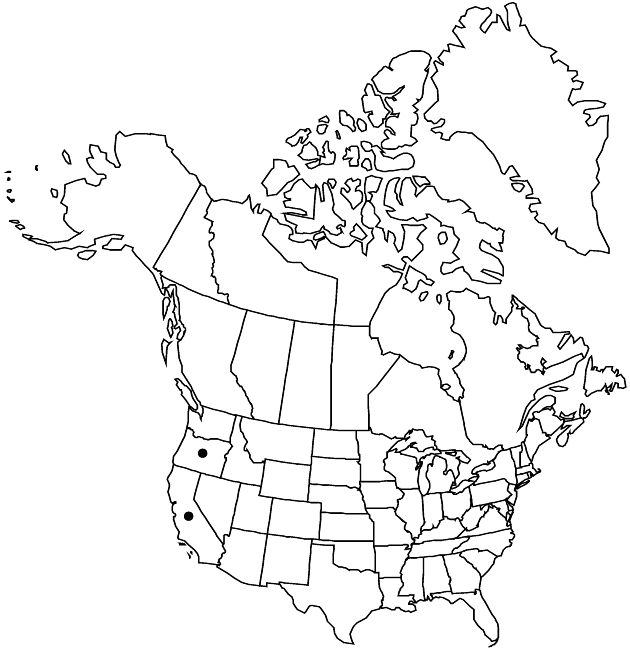Difference between revisions of "Hazardia whitneyi var. discoidea"
Madroño 26: 112. 1979.
Endemic
Basionym: Haplopappus whitneyi var. discoideus J. T. Howell Leafl. W. Bot. 6: 84. 1950 (as Aplopappus)
Synonyms: Haplopappus whitneyi subsp. discoideus (J. T. Howell) D. D. Keck
Treatment appears in FNA Volume 20. Treatment on page 447.
imported>Volume Importer |
imported>Volume Importer |
||
| Line 59: | Line 59: | ||
|publication year=1979 | |publication year=1979 | ||
|special status=Endemic | |special status=Endemic | ||
| − | |source xml=https:// | + | |source xml=https://bitbucket.org/aafc-mbb/fna-data-curation/src/2e0870ddd59836b60bcf96646a41e87ea5a5943a/coarse_grained_fna_xml/V19-20-21/V20_1026.xml |
|tribe=Asteraceae tribe Astereae | |tribe=Asteraceae tribe Astereae | ||
|genus=Hazardia | |genus=Hazardia | ||
Latest revision as of 19:58, 5 November 2020
Ray florets 0.
Phenology: Flowering Jul–Sep.
Habitat: Open coniferous forest, usually with Abies, Pinus, Tsuga, Ceanothus, and Arctostaphylos
Elevation: 1000–2500 m
Discussion
Selected References
None.
Lower Taxa
None.
